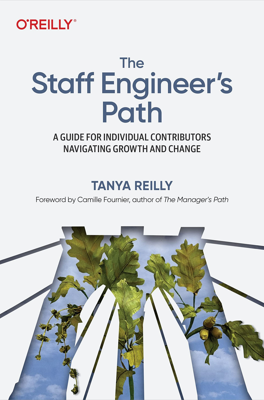Why Have We Stopped?
Project Stagnation: Identifying and Overcoming Blockers
Leading a project involves not just initiating and driving progress but also overcoming points where progress halts. As a project leader, discerning and addressing the reasons for a project's stagnation is crucial. Consider whether the project's pause is due to obstacles or if it's a strategic halt.
Types of Blockages and Strategic Stops
External Dependencies and Blockages:
- Projects can stall due to delays from other teams or departments, necessitating understanding their challenges and realigning priorities or clarifying misunderstandings.
- In case of total blockage, consider alternative strategies such as reducing the scope of requests or obtaining higher organizational support to prioritize the task.
Decisions and Approvals:
- Delays can also occur when awaiting crucial decisions or approvals, requiring you to engage decision-makers, clarify the importance and implications of the decisions, and assist them in gathering the needed information to proceed.
Single Actions:
- Sometimes, minor yet critical actions by individuals can hold up progress. This may require direct communication and facilitation to resolve the bottleneck efficiently.
Unassigned Critical Tasks:
- Recognize when crucial tasks lack clear ownership and advocate for assigning responsibility, possibly taking initiative to coordinate or lead the effort if it falls within organizational strategies.
Broad-Scale Involvement:
- Large-scale projects needing wide organizational change or adoption may get stuck due to resistance or inertia. Effective communication, demonstration of progress, and sometimes organizational mandates are necessary to move forward.
When the Project Seems Lost
Projects can also face stagnation when the path forward is unclear, categorized here under being "lost":
Unclear Objectives:
- Ensure all teams involved have a clear understanding of the project's end goals and their respective roles, which might require setting decisive leadership or consulting with project sponsors.
Complex Challenges:
- When facing technical or organizational complexities, break down problems into manageable parts, seek external advice, utilize existing solutions, and maintain the capacity for creative problem-solving.
Concluding a Project
Determine whether the project has naturally reached its conclusion or if it is being perceived as complete prematurely.
Valid Conclusion:
- Confirm that all project goals are met and that the intended benefits are realized, ensuring user satisfaction and solid operational foundations.
Premature Closure:
- Address any "finished" projects that might not have reached true completion, focusing on user acceptance, operational integration, and long-term sustainability.
Understanding and tackling these various stop points and blockages effectively ensure not only the continuation and success of the current project but also enhances the ability to manage future projects more efficiently. The ultimate aim is to navigate through these challenges while maintaining alignment with broader organizational goals and ensuring optimal resource utilization.
